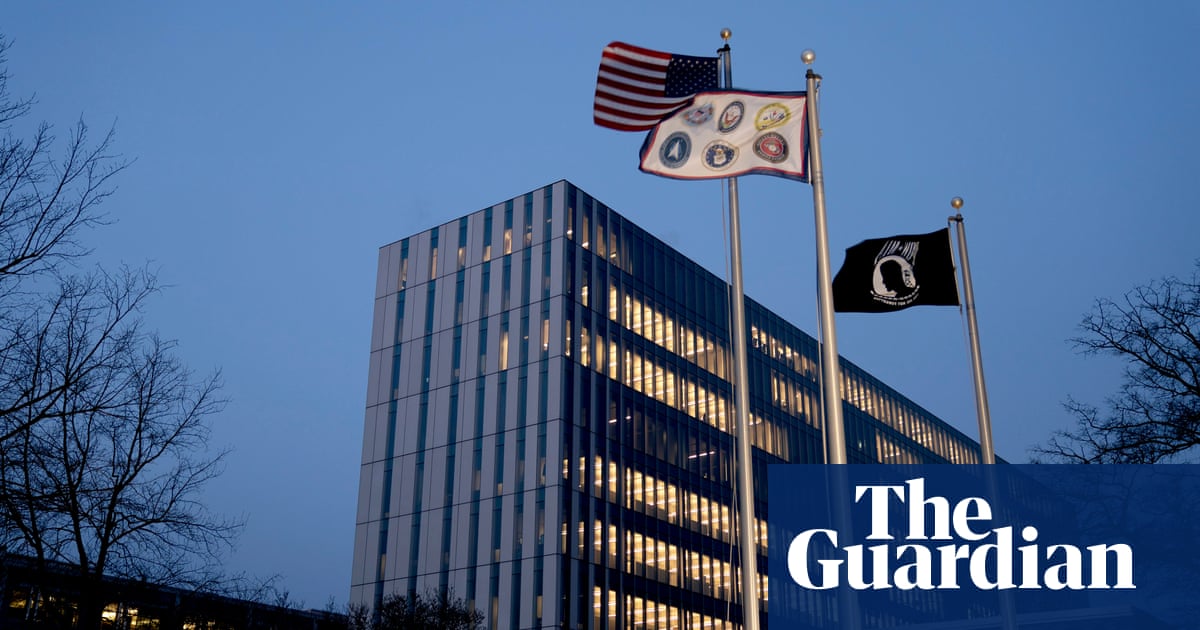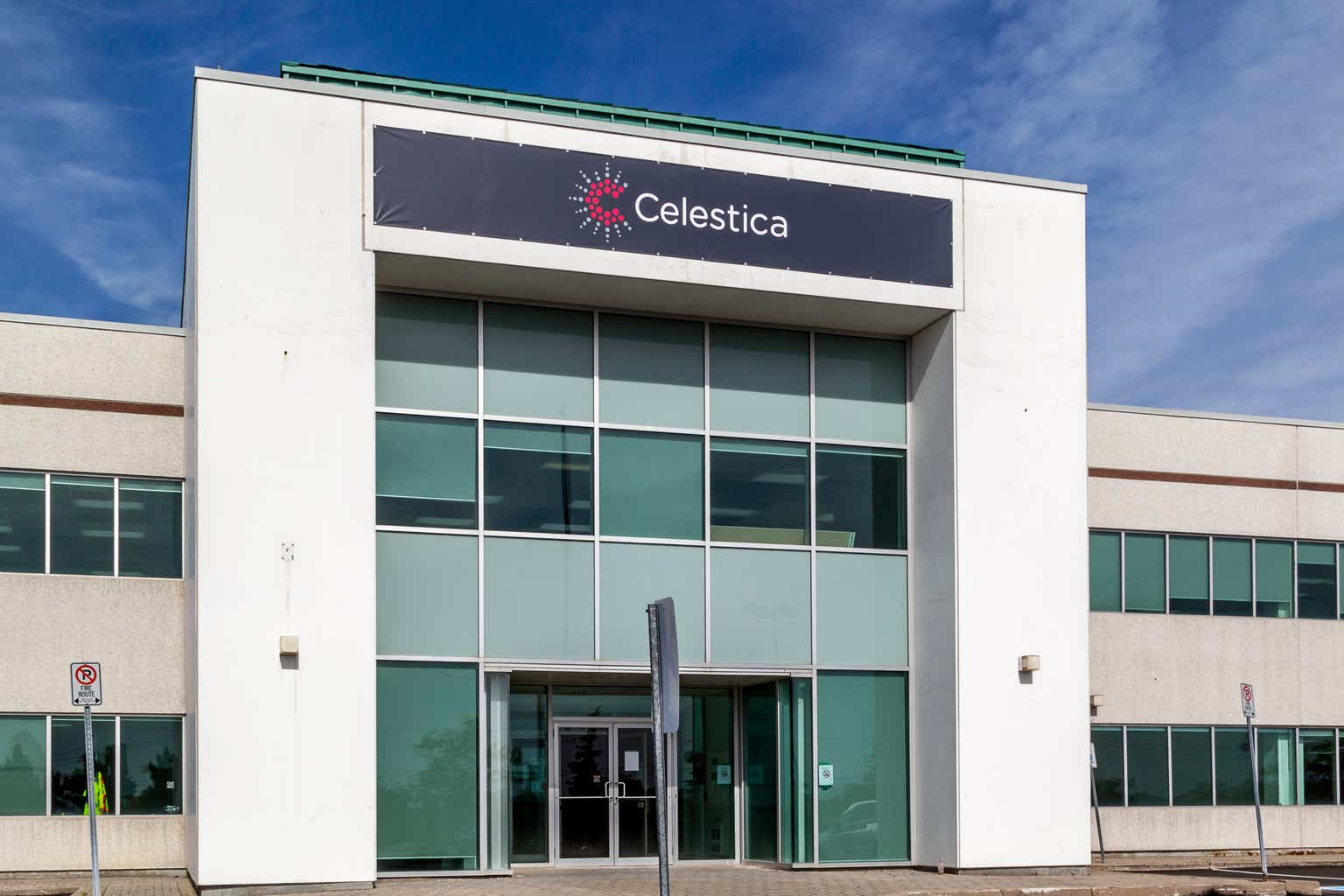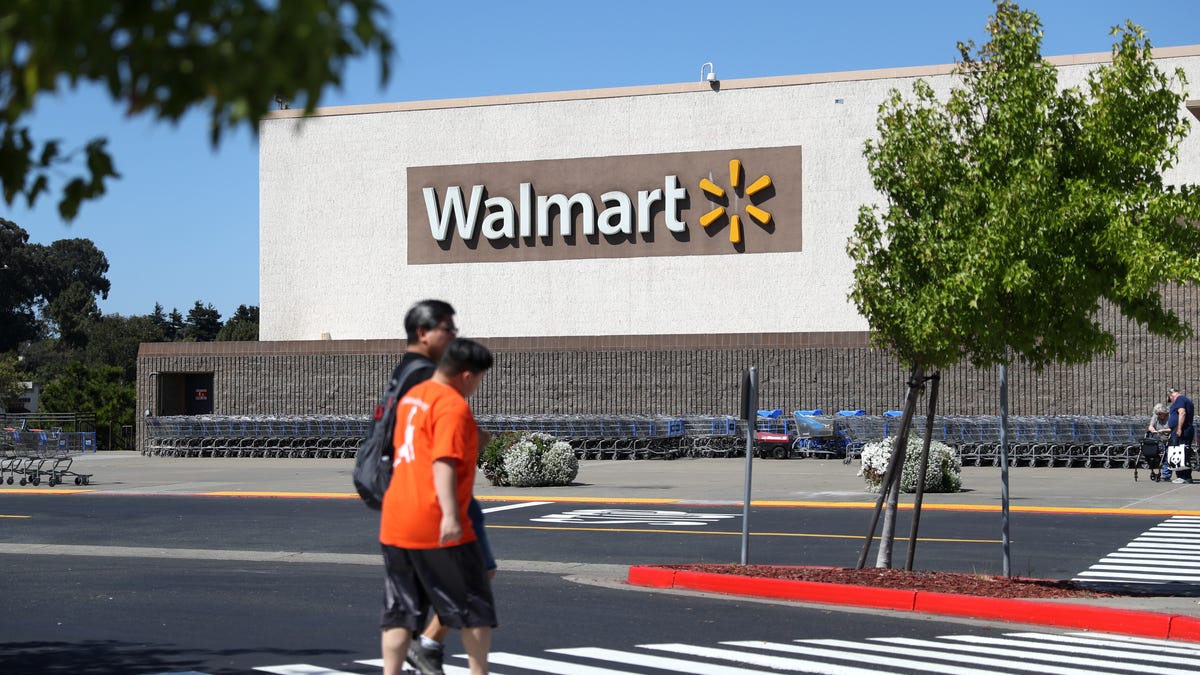A few years ago, a few wealthy friends invited me on a weekend trip to Tampa, an unexpectedly happening wine town. We met up at Columbia, an old Florida restaurant with a deep wine cellar. There was a mix-up with our reservation, and “the best they could do,” the hostess said, was to put us on the waitlist. It was a weekend, and the restaurant was packed. The wait was going to be about two hours. We spent about five minutes in the bar scanning the wine list, when my friend asked to speak with the sommelier.
“We are wine collectors,” he said. “Can we check out the cellar?”
There were about 50,000 bottles down there, and my friends chose a half dozen bottles they would like to open, including three vintages of Vega-Sicilia (a 1975, a 1997, and a 2000) from the Ribera del Duero region of Spain. In all, their selections totaled about $10,000. (My friends were paying.)
Apparently, the two-hour wait was not the best they could do, because the moment we emerged from the cellar, the sommelier whispered something to the hostess.
“Right this way, gentlemen,” she said. She unlocked a private room with one table in it and assigned us a waiter.
The wine was exquisite, the service was impeccable, and the food magnificent. Let me assure you that this is as far from the meager lifestyle of a wine writer one can get without taking powerful drugs and hallucinating the experience.
If you are the sort of person who can spend 10 grand on wine and get a private waiter assigned to you in a secluded part of a restaurant, the rest of this article is probably not for you. (If you are that sort of person, however, I highly recommend you peruse Columbia’s cellar, and also, call me.) Rather, this article is for the person like me, who would have had to wait two hours for a table.

Columbia Restaurant’s Don Quixote Dining Room/ Photo by Matthew Paulson via Flickr
Everything is expensive these days, and because of the Trump administration’s absurd tariffs, everything is getting more expensive, on top of the crippling inflation that has us paying our credit card bills with other credit cards. Wine, already overpriced at most restaurants, is rapidly becoming a beverage out of reach for the average consumer. (Even if you just order a glass of water, dinner itself is barely affordable these days; I’m certainly choosing more often to stay home. Ten-dollar bottles of Shiraz will just have to do until times improve, or atom bombs finish the job.)
But sometimes, you’ve got to go out. Here’s a dilemma: You’re on a date and want to impress your romantic interest. The waiter hands you a wine list. What do you do? Chances are, you can’t afford the most expensive bottle on the menu (as you will soon discover). But you don’t want to order the cheapest bottle, either, because you don’t want to seem poor, right?
Wrong. Regular readers of this column know that I am a fan of cheap wine, and an avowed enemy of the wine industry, which has somehow convinced its own customers to be ashamed of their tastes, embarrassed to experiment, and fearful that everyone else knows more than you do. (That bottle you didn’t finish doesn’t go bad the next day, either. Re-cork it and stick it in the fridge. You’re good for at least a week.)
The good news is that no one knows anything about wine, and unless there’s a kangaroo or a footprint on the label, no one knows how much a given bottle costs. Which means if you’re on a date or at a business dinner, you can point with a flourish at the cheapest bottle on the wine list and say to the waiter, “A-ha! I’ve heard great things about this Burgundy!” No one will be the wiser. And if you’re talking to the sommelier, he or she won’t look down on the cheap bottle, either—because they’re likely the ones who put that bottle on the menu in the first place.
But let’s say you are out with friends who do know a little something about wine. You probably feel a little insecure. Don’t be. Here is what you might not know about serious wine snobs: Expensive wine is nice, but it doesn’t take any particular talent to spend $1000. What wine afficionados prize more than anything else are hidden gems. And such treasures are always the cheap ones.
To help you out, I pulled the wine lists from five of the most famous restaurants in New Orleans with some of the deepest cellars in America. These are the sorts of places you might go for a first date or a special occasion. I was astonished not only by how good the cheapest wines were, but just how cheap they could get. (Note that I excluded nonalcoholic wine from this review, as well as “splits,” smaller-sized bottles, and dessert wines. Everything here comes in a standard 750ml bottle.)
If you don’t live in New Orleans, the same principles here will apply to any restaurant in any city. In general, any restaurant serious about its wine will have its wine list available online. Look before you go there. Do your homework, and you might be surprised by the steals you can find.

Interior of Galatoire’s/ Photo by Hanna Raskin
Founded over a century ago, Galatoire’s at 209 Bourbon Street is the world-renowned grand dame of New Orleans cuisine. It is also one of the last restaurants in the city that still requires gentlemen to wear jackets in the main dining room. That alone guarantees my seal of approval, because I’m sick of seeing grown men dressed like children at dinner. The wine list at Galatoire’s weighs in at 51 pages. You can bring your own wine from home—the corkage fee is $35 per bottle—but for $10 more, you could get a Sauvignon Blanc called Le Petit Salvard, from winemakers Emmanuel & Thierry Delaille of Domaine du Salvard in the Loire region. That’s a 300 percent markup—not good, Galatoire’s—but the bottle looks nice, and you can tell your date that you’ve “been on a Loire kick” lately, and are excited to try this one.
Though its grapes are grown in the Loire, Le Petit Salvard is, strictly speaking, just a “vin de table.” (There are subtle, regulatory nuances to get that famous Loire Valley classification.) Be sure to talk about the wine’s minerality when you taste it—virtually nobody knows what that means—or if you’re out with wine drinkers, toss it back and say something like, “Whoa! Wet rocks on the palate!” You’ll be fine. Incidentally, for comparison, the most expensive wine on the list is a 2007 Domaine de la Romanée-Conti (DRC) for $25,000.

Interior of Antoine’s/ Photo by Paul Gorbould via Flickr
The wine list at Antoine’s runs a “mere” 25 pages, but they make every page count. The corkage fee is $30, but if you’re paying that much (too much, in my opinion, but that’s for a future column), you should probably just go ahead and buy from the list. If you’ve got a little extra money, go for the 2019 Grand Cru Chambertin from Domaine Armand Rousseau. The bottle runs $3,200 (but the crazy part is that’s way below market value).
If you want a red on the other end of the price spectrum, might I recommend a Cabernet Franc from the Chinon area of the Loire Valley? A 2020 bottle of Les Georges, from Château du Petit Thoulars, will run you $45. You can use the same Loire line from before and note that this wine is aged in steel tanks, so you’re getting the purest expression of Chinon’s terroir.
Located on the corner of Annunciation and Webster in Uptown New Orleans, Clancy’s has been celebrated since the 1940s as a fine dining destination, but what people don’t often realize is that it’s also an overlooked wine paradise. The most expensive wine on its 23-page list is, yet again, a 2019 Grand Cru Chambertin from Domaine Armand Rousseau, at $3,875 (and worth it, I’m sure. As the famous saying goes, “I forget the girl, I forget the place—but the wine was Chambertin”).
Let’s say you are me and have no money. The cheapest bottle at Clancy’s is a 2018 Chenin Blanc from winemaker Jean-Michel Gautier of Domaine de la Racauderie in the Vouvray region of the Loire Valley. That’s a solid choice for $48 at a restaurant. But as a Riesling devotee, I’m going to encourage you to skip it, and spend $4 more for a 2021 Riesling from Domaine Trimbach in Alsace. Dry, crisp, floral, and citrus: that’s a wine you’re going to talk about for a while.
I wasn’t going to include Emeril’s on this roundup because its list—while epic in length (97 pages) and crammed with some of the finest wines on planet Earth—is top-heavy, price-wise, and I don’t want to encourage bad behavior. (That $26,500 DRC should be like a bear trap that triggers an immediate IRS audit.) However, I know that at least one reader might end up at Emeril’s on a business dinner and eyeing the menu in exquisite alarm. Don’t worry. I’m here to help. In a pinch, head to the Spanish wines. (This applies to just about any list at any restaurant. They are, in general, incredibly underpriced for the quality.)
But if you are cribbing notes, the cheapest wines at Emeril’s cost $35. For that price, you can get a 2021 Amalaya, a high-acid, fruit-forward Malbec from Argentina, or a 2015 E. Guigal Côtes-du-Rhône. Go with the Malbec. For $3 more, you can get a California sparkler called Emmolo, made in the traditional method by the Wagner family (better known for their Caymus label).

Exterior of Commander’s Palace/ Photo by Wayne Hsieh via Flickr
And then there’s Commander’s Palace, one of the greatest restaurants in the world, and one of the few tourist destinations that locals also enjoy, and consider a very big deal, and dress nicely for, and when you tell someone you’re going to Commander’s, they understand that it’s a special day and aren’t you lucky. (You don’t have to wear a jacket to Commander’s Palace, but everyone will look at you with narrowed eyes if you don’t, and especially me.) Founded in 1893, the Garden District restaurant is practically a rite of passage for every great New Orleans chef, from Paul Prudhomme and Emeril Lagasse to Eric Cook and Tory McPhail.
It’s just understood that Commander’s has the best wine list in New Orleans (and less known, perhaps, is that it has the deepest selection in the U.S. of wines from the Languedoc-Roussillon region of France). Because of its large cellar, they’ve been able to sit on a lot of wines for a long time and let them mature gently before offering them by the bottle or by the glass. (Indeed, they might offer 30 or 40 such bottles by the glass at any one time.) Their doorstopper of a wine list runs 132 pages, so go there with a plan.
The most expensive bottle on their wine list is a 2010 Domaine de la Romanée-Conti for $19,500, but—and just hear me out—rather than buy one DRC, why not buy 557 bottles of Domitia, from Picpoul de Pinet in the Languedoc region? First of all, Picpoul is the cat’s pajamas—just a joyful, light, super vibrant white, with an acidity level one shade removed from licking a nine-volt battery. They’re made to drink young (thus the screw top), and have a floral, citrusy profile with a bit of salinity. It’s the most fun $35 you’re going to spend on date night.
David W. Brown, The Food Section‘s wine columnist, is a writer based in New Orleans. He is the author of The Mission, and contributes regularly to The New Yorker and the New York Times. You can find him at davidwbrown.com.











:max_bytes(150000):strip_icc():focal(352x167:354x169)/Chris-Evans-Surprised-a-Captain-America-Superfan-When-He-Completed-His-Tattoo-Tribute-040325-f7d9568c5e234503bb74412ea53876b6.jpg)



